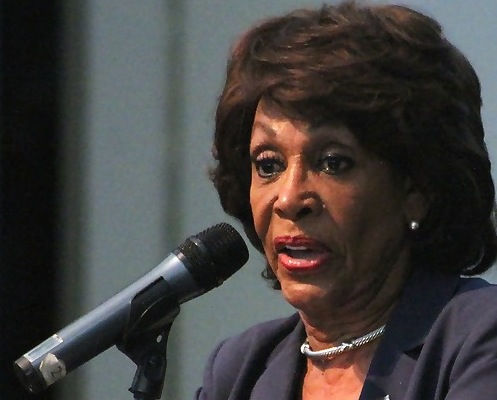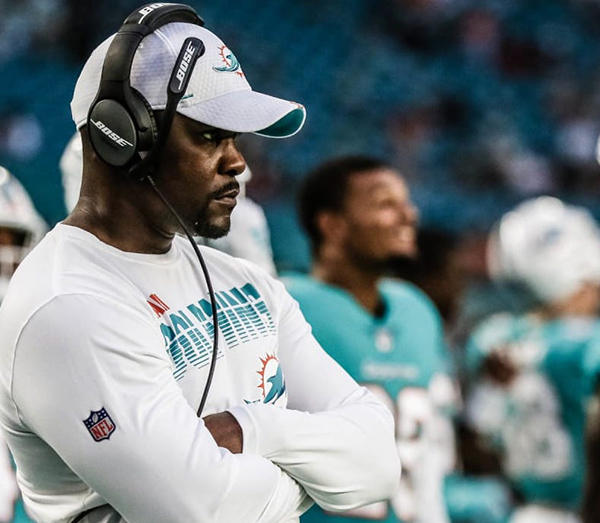THE HUTCHINSON REPORT: Sanitation crews must step up in South L.A.’s war on trash

A pile of trash, old shopping carts and even an old motorcycle is easily visible on West 51st Street near the Harbor (110) Freeway in South Los Angeles. Columnist Earl Ofari Hutchinson says the Los Angeles Sanitation Department must declare an all-out war against garbage in South L.A.
Photo by Earl Ofari Hutchinson
By Earl Ofari Hutchinson
Contributing Columnist
Over the past two weeks, I have stopped and taken photos and even filmed the mounting garbage and trash heaps increasingly strewn on countless South Los Angeles streets.
We’re not simply talking about papers and cans. Tires, broken and battered household furnishings, bikes, toys, mattresses and even burned out auto frames were among the sordid street piles.
In a prior column on the problem, I called it exactly what it is — a looming crisis. I detailed the findings from several environmental advocacy groups that documented the colossal health, safety environmental, disease, contamination and infestation dangers.
I also cited findings from the reports that the problem of garbage heaps on the streets is almost exclusively a problem in predominantly Hispanic and African American lower income neighborhoods. Nowhere is that more the case than in South L.A.
Just to be sure that this wasn’t an overreaction and unfair accusation to the Los Angeles City Sanitation Department for not doing its job, I went back to several of the locations where every imaginable trash and garbage item had piled up. Not only were the piles still there, they had grown even bigger and now sprawled over several blocks in a few cases.
The piles were not on out of the way streets or back alleys. They were on major thoroughfares.
They could be plainly seen by motorists, pedestrians and certainly the homeowners, apartment tenants and business owners in the area. They also could be seen by the sanitation department.
So the perennial question I and many others have repeatedly asked is why is this health and safety peril still there? And, more importantly, what are city officials doing about it?
It’s hardly a new problem. A decade ago, the Los Angeles City Council was so fed up with the laggard response to garbage pick up and trash dumping in South L.A. that it called the city’s sanitation department on the carpet and demanded a report on why there was a disparity in trash pick up in South L.A. compared to other parts of the city.
That was just the start. In the next few years, the problem of garbage pile up in South L.A. and the soaring number of complaints from residents about the problem continued to bedevil city officials. Things were clearly spiraling out of control. So much so that a report by ConstructionCoverage, a research and product supplier industry for the building, in 2022 noted that L.A. had the dubious distinction of ranking number two nationally in the number of streets that had trash piled up on them.
The amount of garbage piled on the streets by then had reached near epic proportions. A Los Angeles City Controller report found that illegal trash dumping on L.A. streets had gone up 600% in the period from 2016 to 2020.
There has been no comparable report in 2025 on the percentage increase in street garbage dumping. But almost certainly that percentage has jumped even higher. The controller’s report stated the obvious about the peril.
“Illegally dumping thousands of tons of trash, debris and hazardous wastes on our sidewalks and streets lessens the quality of life in Los Angeles,” it said.
The City Council’s immediate response was to allocate a $100 reward to anyone reporting illegal dumping. That was a weak, ineffectual, almost laughable response to a critical, even life threatening, problem.
The sanitation department’s answer is no better. Its official website encourages citizens to report illegal dumping. The assumption is that the department will send out a crew to clean it up.
What it doesn’t say is when the clean up will take place.
A number of respondents on my Facebook post to the question “why the garbage problem continues in South L.A.” were livid. They said they had called the department regarding illegal dumping hot spots and demanded a clean up. They said that days, even weeks, went by without any response or action by the city.
Equally important, the department does not indicate on its website what preventive steps it is taking to monitor the area’s major dumping hot spots. The absence of this information guarantees that the clean-up efforts at the location will be wasted. The garbage and trash will pile up there again.
Some critics point the finger and blame for the problem at the individuals who do the dumping. That’s too easy.
The Los Angeles Department of Sanitation is a public agency. It is handsomely funded by taxpayers. Its director rakes in a hefty salary. Other department officials also are paid quite well.
As a public agency, it, not individuals, bear responsibility for ensuring a clean, safe and healthful environment on all city streets. That means taking any and all steps necessary to remove health-threatening trash and garbage dumps on public streets.
Unfortunately, as various reports and City Council requests and actions have shown over the past decade, this has not been the case. The answer: an all–out war on garbage in South L.A.
That war can and must be waged by the department that is duty-bound to wage it. And that’s the city sanitation department.
Earl Ofari Hutchinson is an author and political analyst. His latest book is “Trump for Sale (Middle Passage Press).





